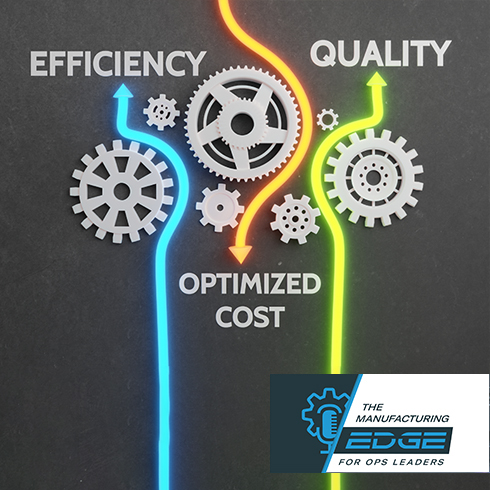The Rapidly Growing Impact of Technology on Talent Management and Value Creation
Continuing advancements in analytics, video and other technology are providing solutions and insights that can be used in talent management to address a host of once seemingly intractable challenges. In fact, in a recent Private Equity International survey of operating partners, a whopping 92% of respondents said that they “believe that big data and AI are going to improve the talent function over time.”
That begs the question: what’s on the horizon and where do talent management and technology need to intersect to drive value?
Pushing beyond simple spreadsheet analysis
When it comes to the potential of using data and analytics for talent management, there are opportunities everywhere. Here’s a quick look at three ways analytics and effective talent management can help reduce costs associated with acquiring, onboarding and retaining people:
Uncovering market insights
Even during the COVID-19 pandemic, the challenges related to finding skilled talent haven’t changed significantly in many areas of the country. In our experience, it’s not unusual to see companies allocating 3 to 5 percent of the total sales and general administration budget to attract, hire and onboard for important skilled positions. With the help of the right analytics, however, there are much more cost-efficient ways to effectively target the right talent. For example, you can turn to service providers for wage-related and other key data that you can use in your analytics models to better target potential candidates. You could also rely on analytics to more clearly understand where your best candidates are coming from and why they choose to sign on with your organization.
The Leadership Solutions Practice of TBM Consulting, the parent company of Dploy Solutions, often relies on analytics during consulting engagements to evaluate what might be happening related to turnover or hiring at a given company. For example, performing wage analysis versus competitors and assessing how many candidates actually meet job requirements. In some cases, they even look at things like the demographics of a county or surrounding counties to determine the potential availability of key skillsets.
Onboarding new people
In many organizations, onboarding still means pairing highly skilled employees with new hires for training. Or providing a combination of classes and paired training. With today’s technology options, however, it’s possible to significantly reduce or even eliminate traditional resource-intensive and costly onboarding approaches. For example, video provides a way to teach new employees key skills with self-paced training modules. And companies like Drishti are going a step further and combining video capabilities with analytics to efficiently monitor and audit employee skills, providing rapid and precise feedback of new and even long-time employees at an unprecedented scale.
Improving retention
With only exit interviews to rely on, getting a clear picture of why people may be getting frustrated and leave can be very difficult. Analytics enable you to go far deeper into your data for unvarnished insights about what might be happening. For instance, at a high level you can investigate turnover trends by season, role or department. You can also get more detailed in your analysis: by looking at process parameters and various operational metrics, and confirming standard work via video, you might learn that an issue is not process or individual related—it’s leader related. These types of insights can be significant in instances of high turnover.
Why is this important?
The combination of analytics and effective talent management can help reduce costs associated with acquiring, onboarding and retaining people. In addition to the cost benefits, it provides indirect benefits through improved productivity and quality. Because if you can’t meet customer demands due to staffing issues, you risk losing customers and recurring sales. And in some cases you may be missing opportunities to drive additional revenue because you cannot staff all line or shift requirements.
Establishing the right foundation
When it comes to using technology for talent management, you do have to confront a “chicken or the egg” dilemma of sorts in the beginning. Specifically, you need talent with the right technology savvy around analytics in place. After all, if you don’t have people with the ability to put together, understand and make decisions off of analytics, then you are effectively dead in the water. But it’s more than just an understanding of how to use analytics; you also need resources who understand what demographic, operational and process data is most relevant to your talent management challenge and how to parlay the insights you get from your analytics into faster hiring, improved onboarding and improved retention.
Whether you are an organization in need of talent gap analysis, data analytics training and assistance or you simply require some leadership coaching, the team at TBM and Dploy Solutions can be your guide for creating an organization of strong leaders and motivated employees.






